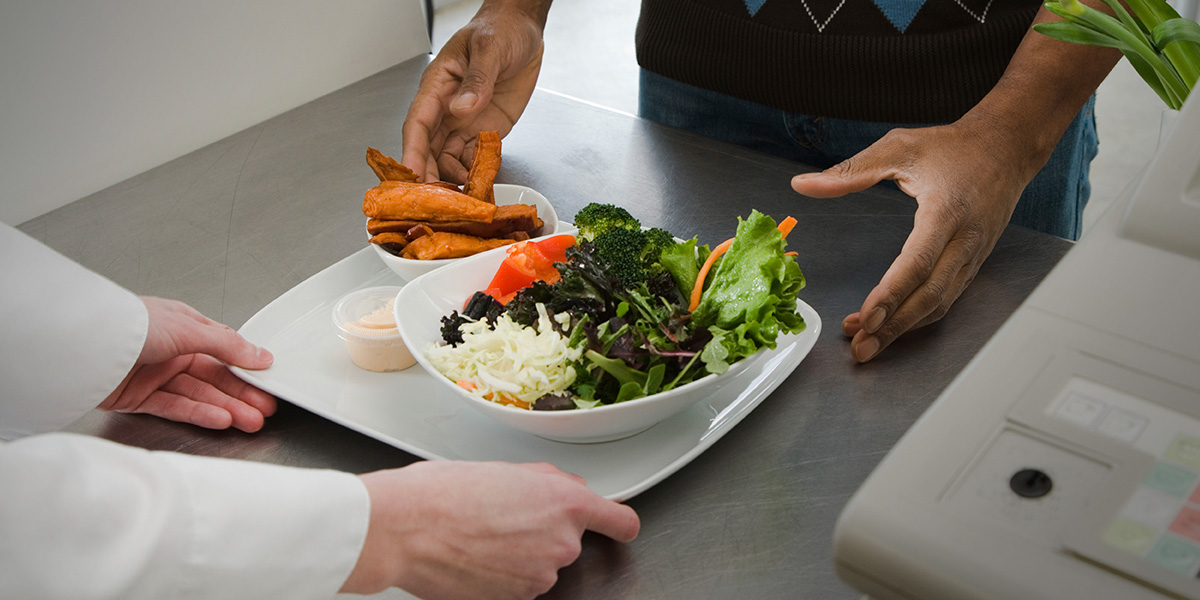
Create Beverage Value in Your Restaurant
Learn how to boost incremental sales

Industry data shows that consumers visit commercial restaurants 71 billion times per year and purchase beverages three out of four visits, according to NPD CREST and Expanded Beverage Data, 12 months ending March 2015. But on the occasions when they don’t purchase a beverage, why not? And how do operators boost beverage value to drive beverage sales? These questions and more were explored in the recent webinar “The Beverage Value Story,” presented by CokeSolutions.
Why Don’t Consumers Buy a Drink?
The Coca-Cola Company asked the “why not?” question of 5,000 consumers 18 years and older in its proprietary research, Coca-Cola/Technomic Inc. Beverage Price-Value Study 2015. Here are the top reasons respondents say they opt out of purchasing a beverage at a restaurant:
• Beverage is too expensive
• Prefer to drink tap water
• Already have a beverage
• Want to avoid sugar
• Want to avoid calories
• Food is too expensive
So why is beverage value important? While food is the primary reason guests select particular restaurants, beverage value is also a strong influence on where they decide to dine out. In fact, good beverage value can also justify the money spent on an occasion and reinforce the guests’ decision to return. When evaluating spending expectations against actual pricing, the study also revealed a consistent insight that the largest gaps are seen in the lunch daypart across all four channels.
How Is Beverage Value Determined?
It’s logical that beverage value is determined predominately by price, but survey respondents noted that there are other variables that influence the perception of value in beverages. These include:
• Refills
• Preferred brands
• Variety (types and flavors)
• Cup size
• Fountain format
• Low-calorie options
• Customization
How Can You Leverage Expectations?
The insights on how customers determine beverage value is a goldmine of information for foodservice operators to follow in order to boost incremental sales. Some tips include: consider both food and beverage pricing on the overall total check amount, as well as the brands, types and flavors offered; the ability to customize; refills and cup size. Finally, to capitalize on lunch opportunities, sales could benefit from differentiated pricing that aligns with different spending expectations at lunch. Digital menu boards could enable pricing flexibility.
By listening to what customers want and providing them a better beverage value, foodservice operators have the potential to realize significant opportunities in total menu profitability.
For more information on consumer sentiment and other topics, sign up for our monthly Refreshing Insights by Coca-Cola webinars.
More Webinar Recaps:
How to Use Mobile Innovation and Marketing Data to Grow Your Business
Sustainability Is Key to Growing Your Foodservice Business
Market Analysis Reveals Surprising Beverage Trends